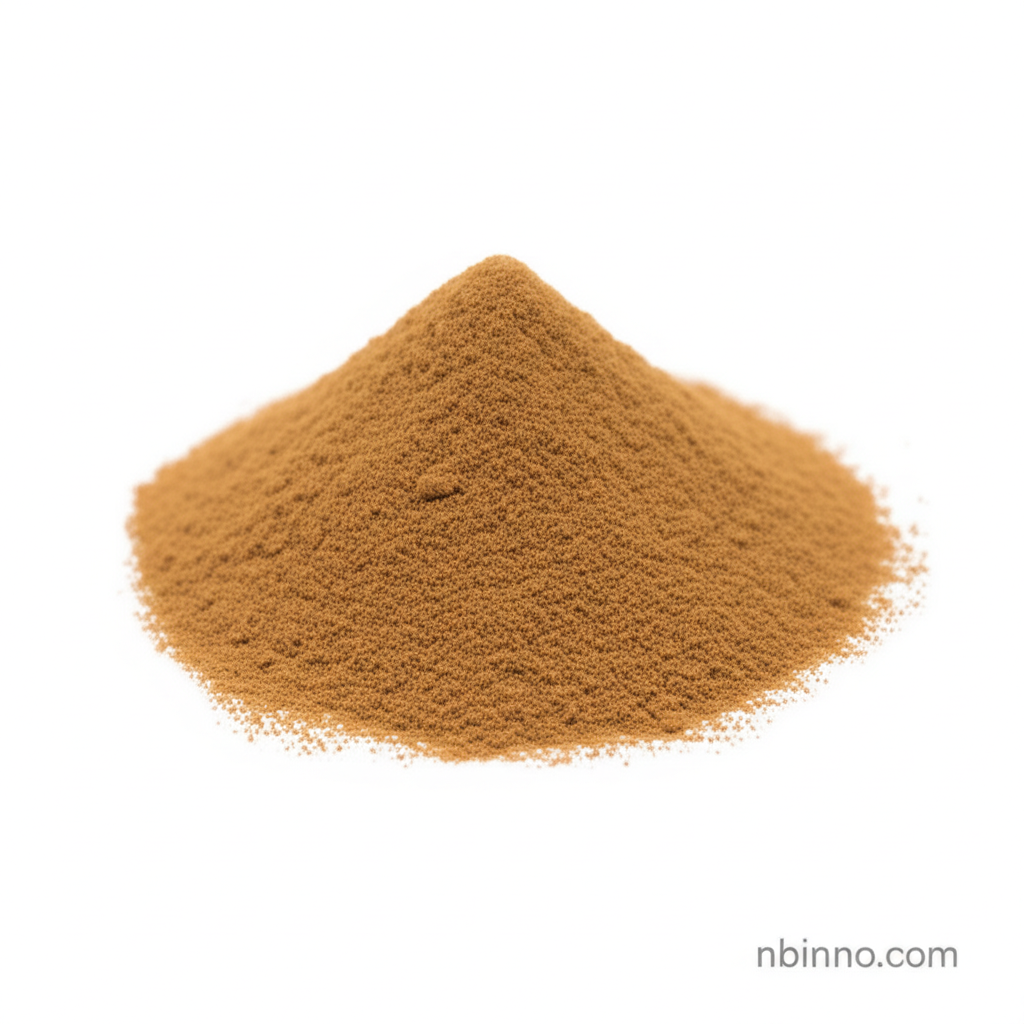2-Cyano-3-nitropyridine: A Versatile Intermediate for Pharmaceuticals, Agrochemicals, and Advanced Materials
Explore the synthesis, applications, and properties of this vital chemical building block.
Get a Quote & SampleProduct Core Value

2-Cyano-3-nitropyridine
2-Cyano-3-nitropyridine is a crucial heterocyclic compound widely recognized for its role as an intermediate in organic synthesis. Its unique combination of cyano and nitro functional groups on a pyridine ring imparts significant reactivity, making it an indispensable building block for a diverse range of complex molecules. Its electron-deficient nature and versatile reactivity open pathways for advanced applications.
- Discover efficient organic synthesis pathways using 2-Cyano-3-nitropyridine as a key intermediate.
- Learn how pharmaceutical intermediate synthesis benefits from the unique reactivity of this compound.
- Explore its application in developing novel agrochemicals for enhanced crop protection.
- Understand the role of heterocyclic compounds in drug discovery and how this molecule contributes.
Key Advantages
Versatile Reactivity
The presence of both cyano and nitro groups on the pyridine ring provides multiple sites for chemical modification, enabling diverse synthetic strategies. Understanding cyanopyridine derivatives synthesis is key.
Broad Application Spectrum
This compound is instrumental in developing pharmaceuticals, agrochemicals, and advanced materials, showcasing its wide utility in materials science.
Structural Foundation
It serves as a critical building block for creating complex heterocyclic structures, essential in advanced materials synthesis and drug discovery.
Key Applications
Pharmaceutical Development
As a vital pharmaceutical intermediate, it is used in synthesizing active pharmaceutical ingredients (APIs) and exploring novel drug candidates.
Agrochemical Synthesis
Its derivatives are essential in creating effective pesticides and herbicides, contributing to advancements in agrochemical development chemicals for crop protection.
Materials Science
The compound's unique electronic properties make it valuable for developing advanced materials, including polymers and electronic components, a key aspect of advanced materials synthesis.
Organic Synthesis
It serves as a fundamental building block in organic synthesis, facilitating the creation of complex organic molecules and exploring new reaction pathways.
